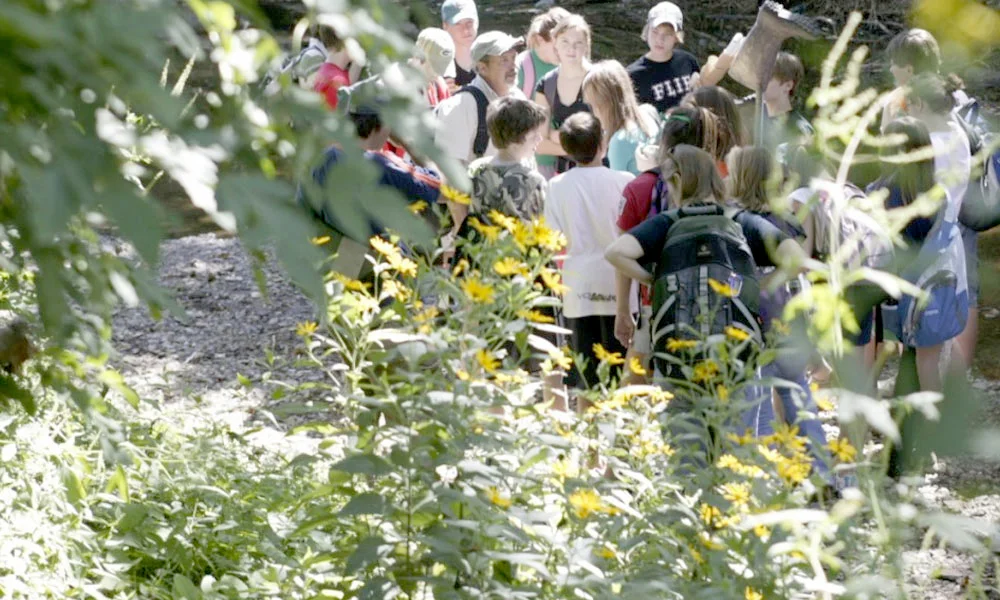An early childhood colleague recently emailed me a query something like this:
I've been ruminating on how to get better input from the students for our newsletters. Here's my idea - I’d like to focus on one area a day and have a conversation with children in that area. The purpose would be different than listening for a “story.” In these brief conversations, we would be looking for descriptions of what children are doing and what they like about the area so that we could include their ideas in the newsletters with photos.
I share my response here because I think it could be useful to others.
First of all, your newsletter is extraordinary.
I think the idea to focus on one area a day is a good one.
You might think of it as a research project.
What are the children doing in the area?
What materials are most “fertile” for generating creative ideas?
As you observe, what connections are the children making?
Remember during our last Skype meeting, we talked about one way to enter into conversations with children…are they:
- thinking like a scientist (left brain, logical/mathmatical): observations, noticing, sharing, discovering
- thinking like an artist (right brain, intuitive): poetic language, comparisons, using materials,
- and in both…what are the connections they are making between two different ideas…are they inventing something new by putting two or more ideas or materials together?



















